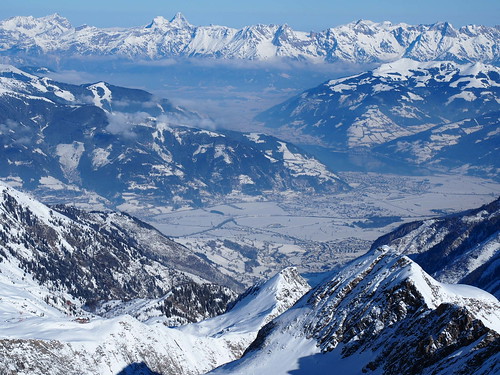
It's been well reported that any Brexit Stoppers have no chance. Request Stop is not a known term. People are saying that the referendum rules were agreed by 'everyone' in advance. Pah. Not even Mr Farage was able to agree the rules, preferring to hedge in case the ballot went slightly against his position.
Now, many people are saying to the politicians 'just get on with it' and popular search terms revert to football teams and gossip. Saturation Brexit coverage has become 'boring', whilst UK perfunctorily casts itself adrift.
Let's recap.
First we lethargically populated the EU with well-paid politicians whose self-appointed purpose was to undermine it. Then we set up a simplistic vote which was strewn with lies from both sides about the EU was and what would happen if we left. Then we voted to leave, without any plan. Then we dithered before appointing a group of titular heads to shuffle around ineffectively.
There's still no plan. We are being dished out reheated sound bites, not truths about what will happen. Many career politicians are distancing themselves whilst waiting for whatever fudge will solidify before making their next bids to take over.
Here's some outcomes:
1) Adrift. No Plan. More extensions
2) Parallel working for years
3) Keep paying the EU but no voice (Norway/Canada/Switzerland etc)
4) Hard Brexit. No extensions. We blame Brexit instead of Brussels for everything going wrong.
Gosh, which to choose?
Surely this is a moment for an opposition to rally? Not just a gesture, a radical plan.
5) Opposition led revolt. Why are we where we are when it seems so wrong?
6) Youth led revolt. Whose future is it?
6) Demographic suasion. After an age of non-resolution we must change the game.
7) Call out the big fat lies. Reset.
8) Admit it is a big failed project. Revoke Article 50.
Then scrap the well-paid EU faux-politicians and replace them with some people in that actually care.
Don't be tempted to let Brexit just drift into being in order to see what will happen next. Too much like a definition of madness.










































